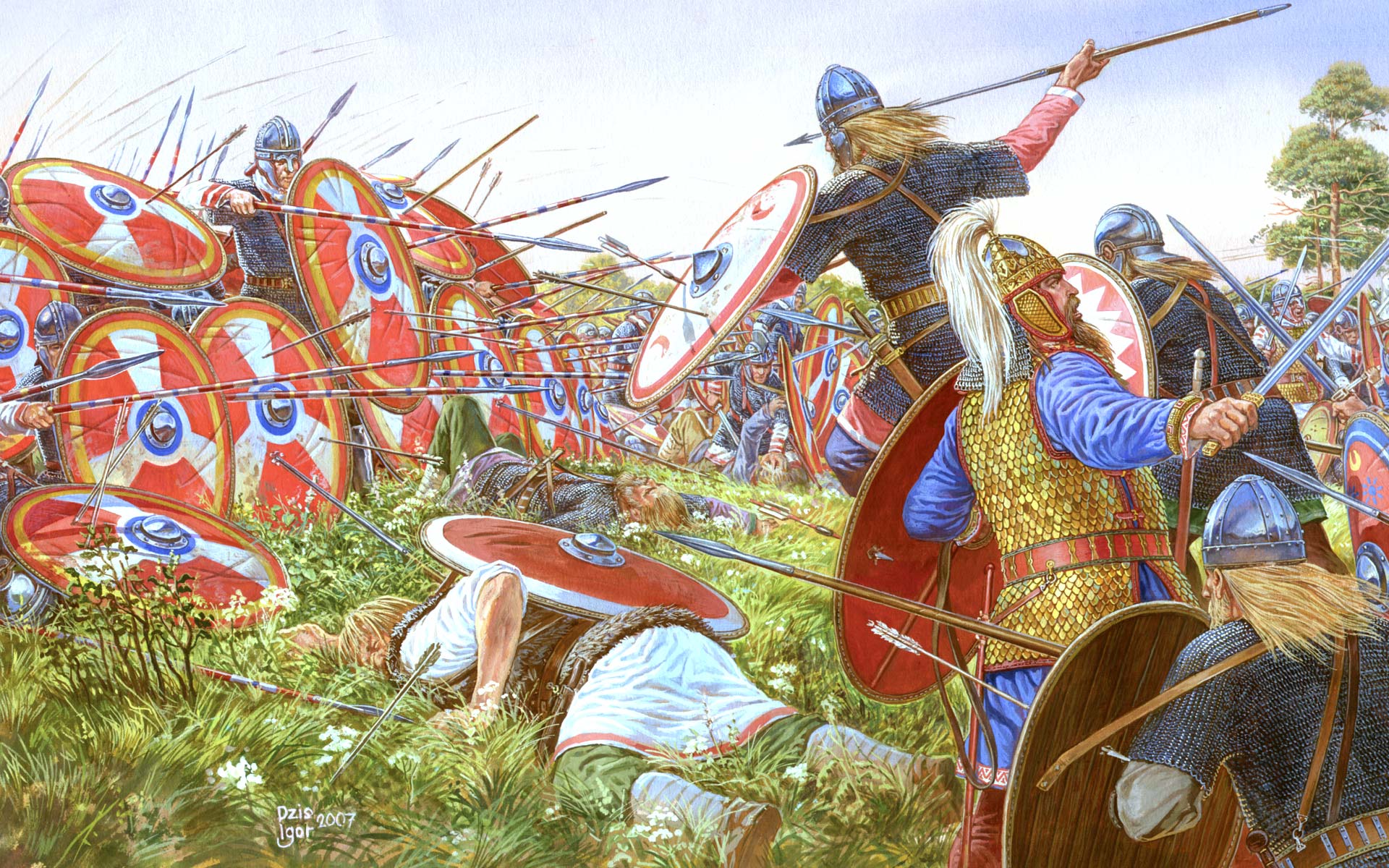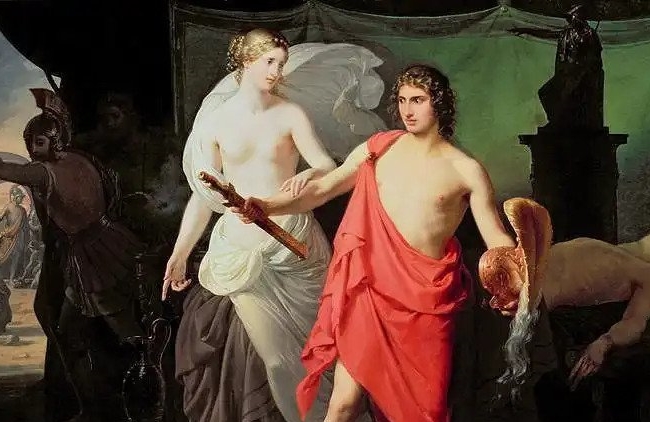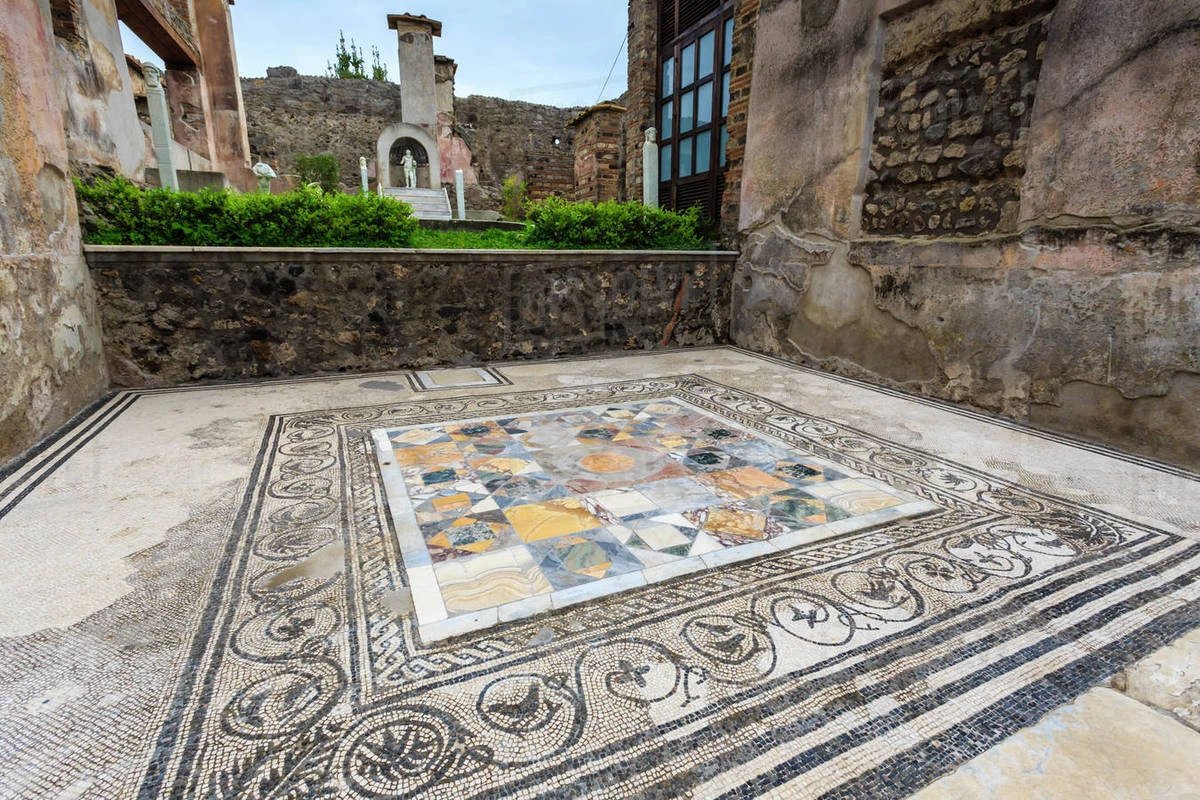

Written by Jocelyn Hitchcock, Contributing Writer, Classical Wisdom
“Sing, O Muse, of the man of many devices…”
Line one of the Odyssey begins like so many in ancient literature, by invoking the muses or gods. It was a common practice to ask, thank, and implore the other-worldly forces for inspiration and guidance in writing and story-telling.
The muses themselves are generally split into two different generations: the “Elder” and the “Younger.” The Younger Muses are perhaps more widely known, as they were often represented on Mount Olympus or in the company of Dionysus and Apollo. Stories, music, and dance were all a part of their entertainment repertoire, performing in joy and in sorrow, as they were said to have been present even at the funerals of Achilles and Patroclus, lamenting the deceased and their honors in life.

Empedocles, the Eccentric Philosopher
By Jocelyn Hitchcock, Contributing Writer, Classical Wisdom
Empedocles, born c. 490 BCE in Akragas, Sicily, is perhaps one of the more eccentric pre-Socratic philosophers. He himself claimed other-worldly powers, is credited by Aristotle as the inventor of rhetoric, and is thought to have originated the cosmogonic theory of the four elements: fire, air, water, and earth.
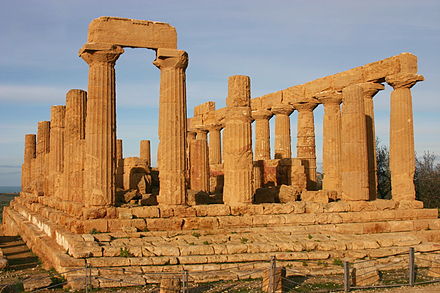
Empedocles’ Personal Life
While relatively little is known about Empedocles’ personal life, we do know he was born to a wealthy family who was involved in the overthrow of the Akragas tyrant in 470 BC.
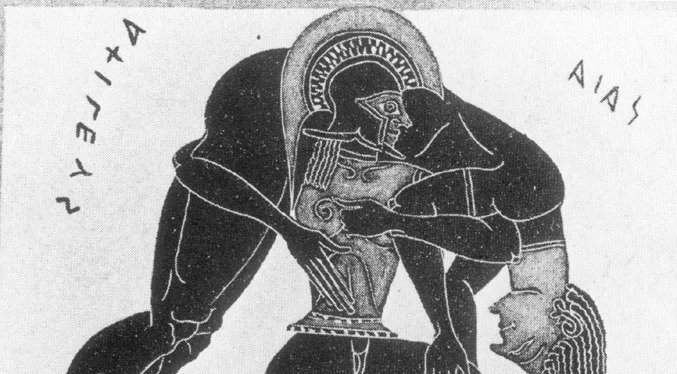
Ajax: Clean Out Your Soul
By Ben Potter
Aias to the Greeks, Aiax to the Romans, now known to us as the anglicized Ajax, he was ‘the best of all men that ever came to Troy, save only Achilles’.
However, Ajax’s status as number two in the Greek pecking order wasn’t always fully appreciated. After Achilles perished when the arrow fired by the Trojan prince Paris pierced his Achilles’ heel (oh the irony!) and Ajax gallantly carried his fallen comrade from the battlefield, it was assumed that the coveted armor worn by the slain hero would pass on to the number two warrior, Ajax.

The Helots: Slave Warriors of Ancient Sparta
By Ḏḥwty, Contributing Writer, Ancient Origins
The ancient Greek city-state of Sparta had a social hierarchy that was different from many of its neighbors. The top of the social pyramid was occupied by the two kings, whose powers were checked by a ‘council of elders’. These elders were chosen from the next class, the Spartiates. Below this aristocratic class was a middle class which was called the Perioeci. The lowest class, which was also the largest, in Spartan society was held a group known as the Helots.
According to the Greek geographer Pausanias, the Helots hailed from a city called Helos. This city is said to have been conquered by the Spartans, and its inhabitants became their first slaves. Subsequent peoples enslaved by the Spartans were also called Helots. The Greek historian, Thucydides, however, gives a different account of the origins of the Helots. According to this writer, the Helots were the descendants of the Messenians who were enslaved by the Spartans during the First Messenian War in the 8th century BC. Another account of the origins of the Helots can be found in Strabo’s Geography. According to this writer, the peoples who were subjected to Spartan rule were initially accorded equal rights. During the reign of Agis I, however, these rights were revoked, and the subjects forced to pay a tribute. All complied, except the people of Helos, who revolted. They were crushed in a war and reduced to slavery.
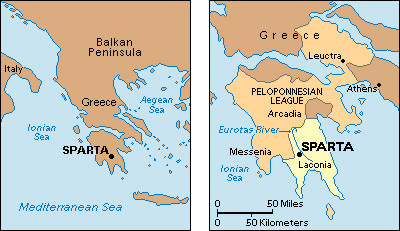
Whilst they are considered as slaves, it has been pointed out that they were somewhat different from other slaves in the neighboring Greek city-states. It is claimed that in Athens, for instance, slaves did not have families and communities of their own. The Helots, by contrast, had their own families and communities. Additionally, the Helots were not privately owned, but belonged to the state. According to Strabo, “the Lacedaemonians held the Helots as state-slave in a way, having assigned to them certain settlements to live in and special services to perform.”

The Realm of Poseidon: A Mythical Voyage Around the Aegean
By Peter Marshall, Contributing Writer, Ancient Origins
“Poseidon
the great god
I begin to sing, he who moves the earth
and the desolate sea…
You are dark-haired
you are blessed
you have a kind heart.
Help those who sail upon
The sea
In ships.”
~Homeric Hymn to Poseidon
Gods and Legends
Poseidon was the Greek god of the sea, the shaker of the land responsible for earthquakes, and the god of horses. Usually living in the sea, he could make the waters either calm or stormy depending on his volatile moods. As a patron deity of Athens, Poseidon competed with Athena, who planted the sacred olive tree, by establishing a magical well of salt water on the Acropolis.

Hypatia: The Last Academic – Part Two
By Mary Naples, Contributing Writer, Classical Wisdom
Under Christian rule, Alexandria, once the definitive center of learning throughout the empire, was fast becoming anti-intellectual and inhospitable to Hypatia and the academic circle in which she traveled. In fact, this burgeoning new religion was oftentimes suspicious of learning, equating it to the work of the devil. Faith in Christ replaced scholarship in this brave new world.
An example of this hatred for scholarship was demonstrated in 392 when Theophilus (384 CE-412 CE) Bishop of Alexandria, led a braying mob of Christian zealots in the pummeling of the Serapeum, the city’s premier temple and library complex. Elevated by one-hundred steps on the acropolis of Alexandria, the Serepeum was made of luminous marble and rose above all other structures commanding the city skyscape. Equally impressive, the library within the Serapeum was considered the daughter to the defunct Library of Alexandria housing hundreds of thousands of scrolls. After the extremists razed the Serapeum complex and set fire to the scrolls, the swarm went on a holy mission tearing down other temples, statuary and religious sites, when all was said and done destroying over twenty-five hundred structures in total.


